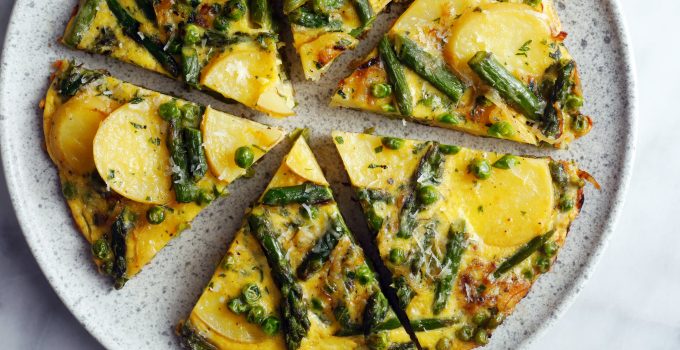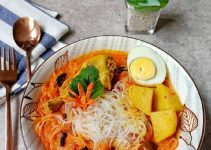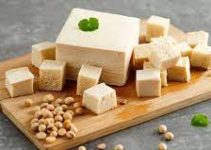The Frittata, an Italian culinary marvel, has become synonymous with the perfect brunch delight. This versatile dish, similar to an omelette but heartier and more satisfying, is beloved for its ability to incorporate a variety of ingredients, making it both delicious and customizable. Whether enjoyed hot or cold, a Frittata is a celebration of flavors and textures, providing a delightful start to the day or a satisfying meal at any time. In this article, we will explore the history, preparation, and various aspects of the Frittata, and provide tips for making this ultimate Italian brunch delight at home.
The History of Frittata
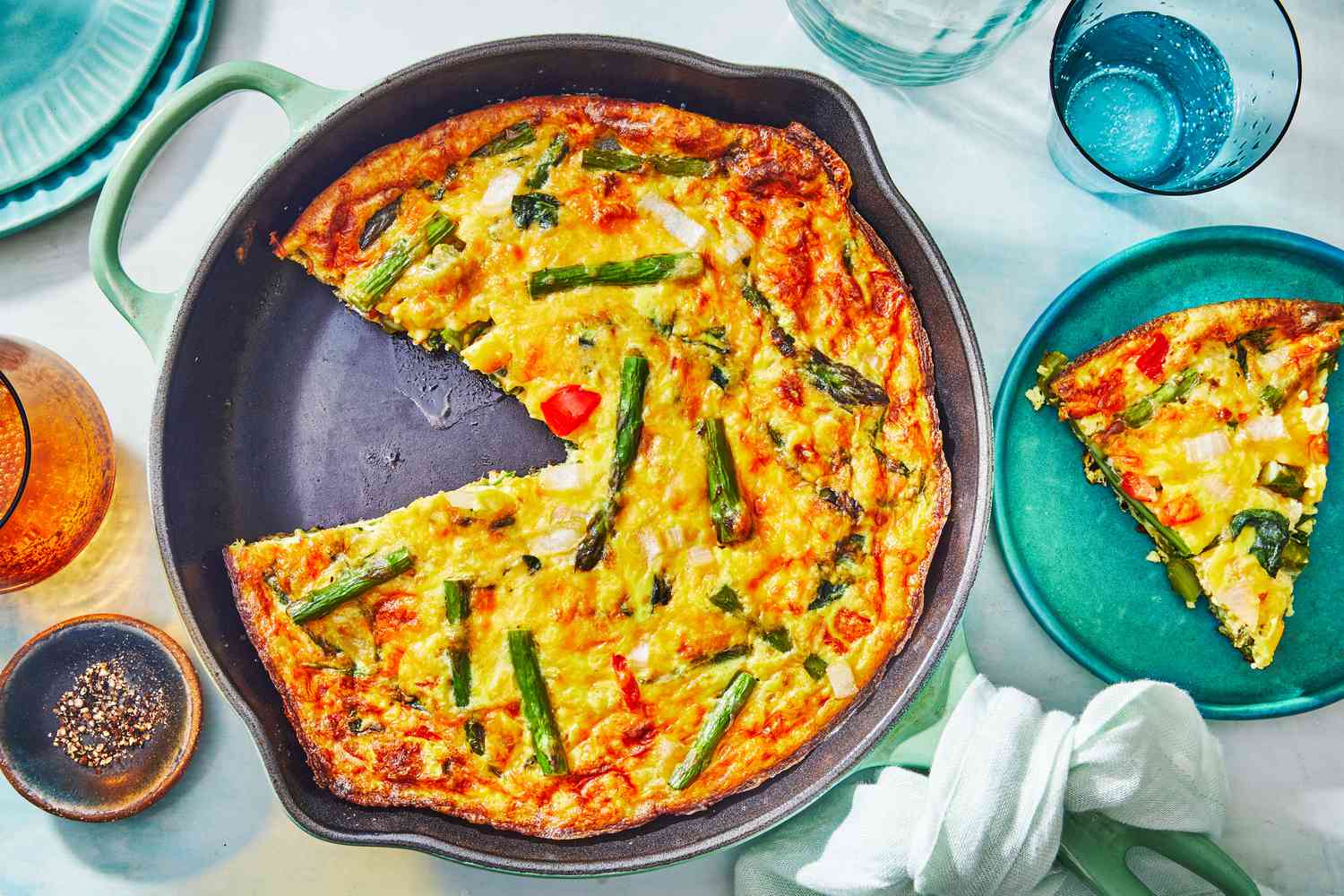
Origins and Evolution
The Frittata has deep roots in Italian cuisine, tracing back to rustic countryside kitchens where farmers and peasants would use whatever ingredients they had on hand to create a nourishing meal. The name “Frittata” comes from the Italian word “friggere,” which means “to fry.” Originally, Frittatas were made by frying beaten eggs with leftovers and seasonal vegetables, creating a hearty dish that minimized waste and maximized flavor.
Over time, the Frittata evolved from a humble peasant dish to a beloved staple of Italian cooking, appreciated for its simplicity, versatility, and ability to showcase fresh, high-quality ingredients. Today, Frittatas are enjoyed around the world, celebrated for their ease of preparation and delightful taste.
Cultural Significance
Frittatas hold a special place in Italian culture, often associated with family meals, picnics, and casual gatherings. They are a testament to the Italian philosophy of “la cucina povera,” or “the poor kitchen,” which emphasizes making the most of simple, readily available ingredients. This approach to cooking not only highlights the creativity and resourcefulness of Italian cooks but also underscores the importance of sustainability and reducing food waste.
The Anatomy of a Perfect Frittata
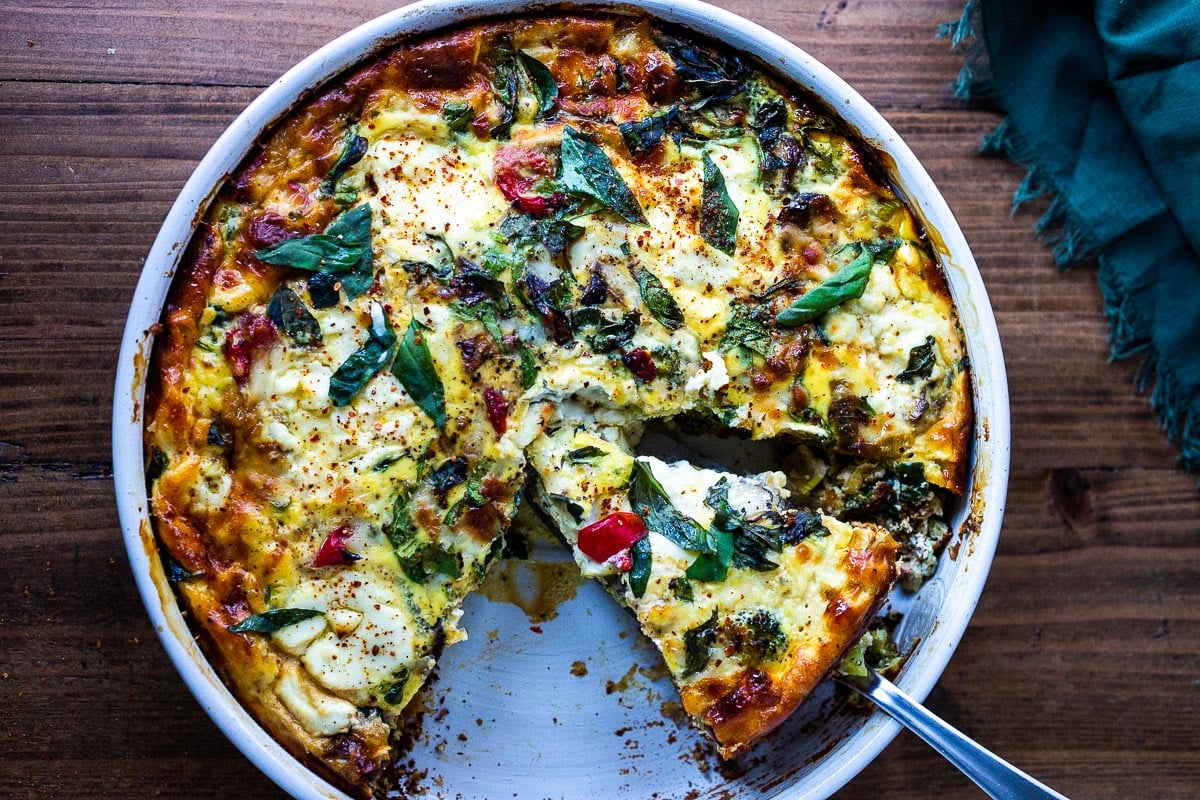
Essential Ingredients
Creating the perfect Frittata requires a few key ingredients. The traditional recipe includes:
- Eggs: The foundation of the Frittata, providing structure and richness.
- Vegetables: Such as onions, bell peppers, tomatoes, spinach, or zucchini, adding flavor and texture.
- Cheese: Parmesan, mozzarella, feta, or goat cheese, enhancing the taste and creaminess.
- Meats: Optional, but can include ham, bacon, sausage, or prosciutto for added protein and flavor.
- Herbs and Spices: Fresh herbs like parsley, basil, or thyme, along with salt and pepper, to season the dish.
- Olive Oil: For sautéing the vegetables and ensuring the Frittata doesn’t stick to the pan.
Preparing the Ingredients
The first step in making a Frittata is to prepare the ingredients. Vegetables should be chopped into bite-sized pieces and sautéed in olive oil until tender. Meats, if used, should be cooked through and crumbled or diced. Cheese should be grated or crumbled, and herbs finely chopped. This preparation ensures that all components are ready to be quickly combined with the beaten eggs.
Combining and Cooking
Once the ingredients are prepared, they are mixed with beaten eggs in a large bowl. The mixture is then poured into a hot, oven-safe skillet that has been lightly greased with olive oil. The Frittata is cooked on the stovetop over medium heat until the edges begin to set, then transferred to the oven to finish cooking under the broiler. This dual cooking method ensures that the Frittata is cooked evenly, with a golden, slightly crispy top and a tender, creamy interior.
Serving the Frittata
Frittatas can be served hot, warm, or at room temperature, making them a versatile dish suitable for any occasion. They are typically sliced into wedges and enjoyed as part of a brunch spread, accompanied by fresh salads, crusty bread, and perhaps a glass of sparkling wine. The beauty of the Frittata is that it can be made ahead of time and easily transported, making it an excellent choice for picnics and potlucks.
The Joy of Frittata: A Culinary Delight
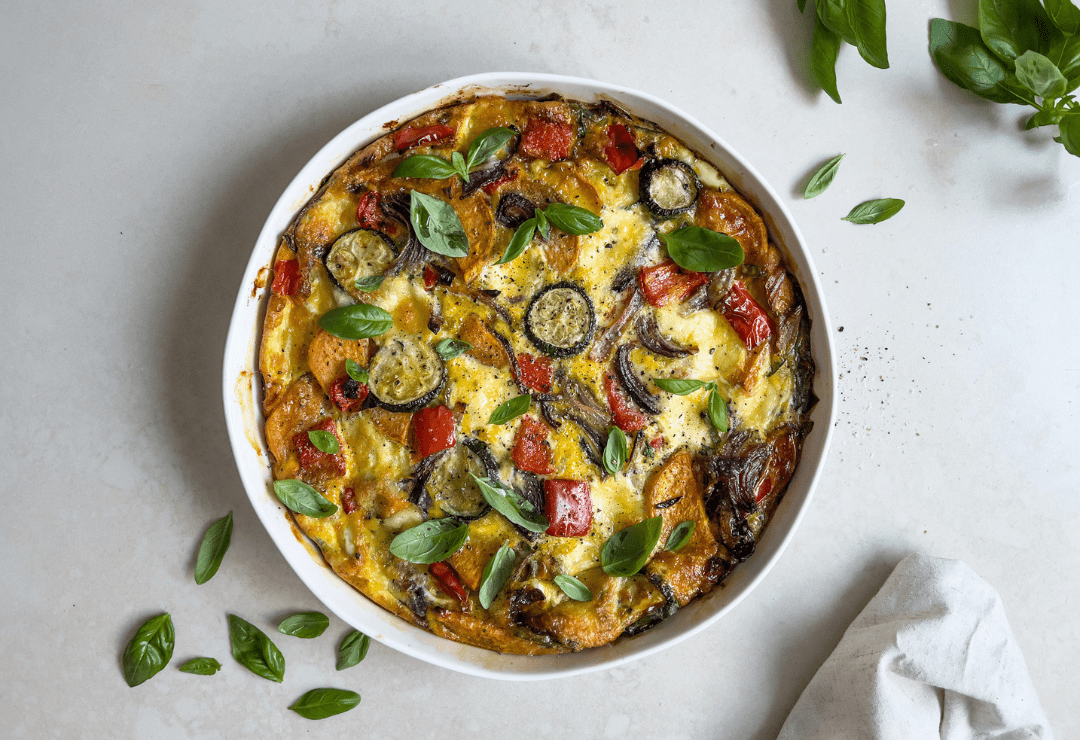
Flavor and Texture
Frittatas are more than just a dish; they’re an experience. Each bite offers a harmonious blend of flavors and textures, from the creamy, custard-like eggs to the tender vegetables and the savory, melted cheese. The addition of fresh herbs and spices enhances the overall taste, making each Frittata a unique and delightful creation.
Perfect for Gatherings
One of the best aspects of Frittatas is their ability to bring people together. They’re the perfect dish for a leisurely brunch, a family breakfast, or a casual dinner with friends. Their preparation is straightforward, yet the result is always impressive, making Frittatas a crowd-pleaser at any gathering.
Versatility in Serving
Frittatas can be served in various ways, making them a versatile dish suitable for different occasions. They can be enjoyed as a light meal on their own or paired with side dishes such as salads, roasted potatoes, or fresh fruit. This versatility makes Frittatas a favorite in many households, as they can be adapted to suit different tastes and dietary preferences.
Making Frittata at Home
Step-by-Step Recipe
Here’s a step-by-step guide to making a classic vegetable and cheese Frittata at home:
Ingredients:
- 8 large eggs
- 1/4 cup milk or cream
- 1 cup grated cheese (Parmesan, mozzarella, or your choice)
- 1 cup chopped vegetables (bell peppers, tomatoes, spinach, zucchini)
- 1 small onion, finely chopped
- 2 cloves garlic, minced
- 1/2 cup cooked meat (optional: ham, bacon, sausage)
- 2 tablespoons olive oil
- Salt and pepper to taste
- Fresh herbs (parsley, basil, or thyme), chopped
Instructions:
- Preheat the Oven: Preheat your oven to 375°F (190°C).
- Prepare the Vegetables: In an oven-safe skillet, heat the olive oil over medium heat. Add the chopped onion and sauté until translucent, about 5 minutes. Add the garlic and cook for another minute. Add the chopped vegetables and cook until tender, about 5-7 minutes. If using meat, add it to the skillet and cook until heated through.
- Beat the Eggs: In a large bowl, whisk together the eggs, milk or cream, salt, and pepper. Stir in the grated cheese and chopped fresh herbs.
- Combine and Cook: Pour the egg mixture over the vegetables and meat in the skillet. Stir gently to distribute the ingredients evenly. Cook on the stovetop over medium heat until the edges begin to set, about 5-7 minutes.
- Bake the Frittata: Transfer the skillet to the preheated oven and bake for 10-15 minutes, or until the center is set and the top is golden brown.
- Serve and Enjoy: Remove the skillet from the oven and let the Frittata cool for a few minutes. Slice into wedges and serve warm or at room temperature.
Tips for Success
- Use Fresh Ingredients: Fresh vegetables and herbs will enhance the flavor of your Frittata.
- Don’t Overcook: Keep an eye on the Frittata while it’s in the oven. Overcooking can cause it to become dry.
- Experiment with Flavors: Feel free to mix and match ingredients based on what you have on hand. The Frittata is a versatile dish that can accommodate a variety of flavors and textures.
Frittata Around the World
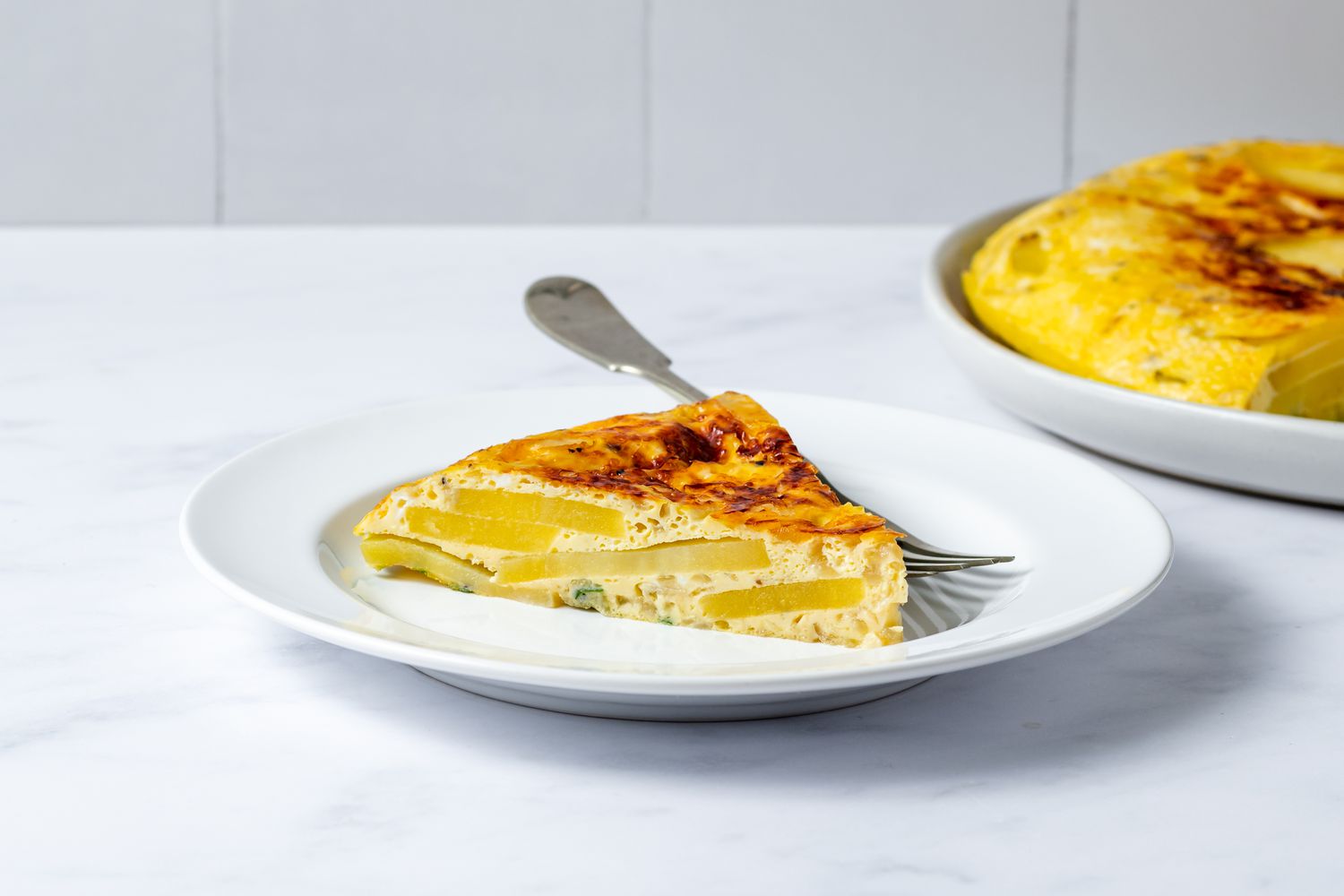
Italian Variations
In Italy, Frittatas are a staple of home cooking, often made with seasonal vegetables and local cheeses. Variations include the “Frittata di Pasta,” made with leftover pasta, and the “Frittata di Patate,” made with potatoes. These regional variations highlight the adaptability of the Frittata and its ability to showcase local ingredients.
Global Popularity
The Frittata’s popularity has spread beyond Italy, becoming a favorite in many countries around the world. In Spain, a similar dish called “Tortilla Española” is made with potatoes and onions. In the United States, Frittatas are a popular brunch item, often served with a variety of fillings and toppings. The dish’s versatility and ease of preparation have made it a beloved choice for home cooks and chefs alike.
Conclusion: The Magic of Frittata
The Frittata is more than just a meal; it’s a culinary celebration that captures the essence of Italian cooking. Its rich history, diverse variations, and irresistible flavors make it a dish worth savoring. Whether you’re enjoying a classic gengtoto login Italian version or experimenting with your own creations, the Frittata offers a taste of warmth, tradition, and creativity. So, gather your ingredients, follow the simple steps, and discover the magic of the Frittata—your ultimate Italian brunch delight.

